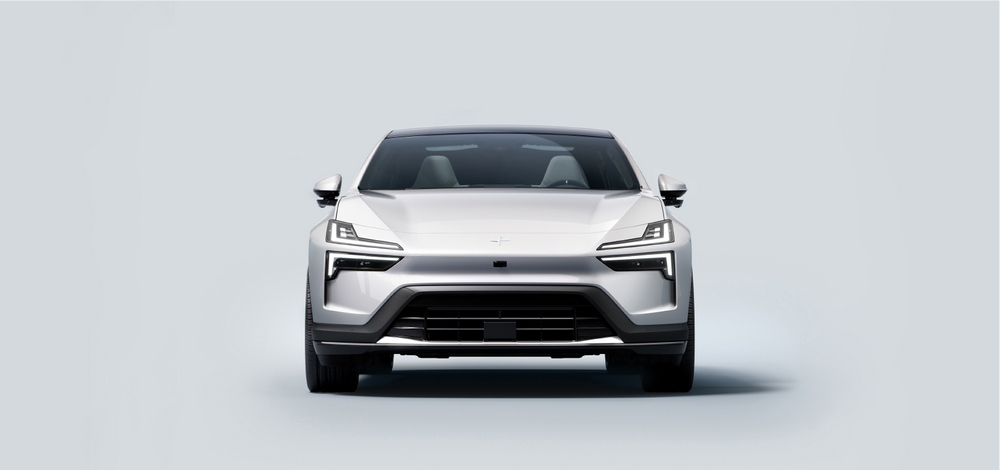blog
|
April 22, 2021
How Autonomous Vehicles Can Help Save the Environment
This Earth Day, we look at how self-driving vehicles will not only be safer and more convenient than conventional vehicles, but better for the environment as well.

Illustration of Mobileye Drive autonomous shuttle circling the globe
When it comes to autonomous vehicles, the principal benefit on which we tend to focus most is safety. Comfort and convenience, too. But today being Earth Day, we’re looking at another potential benefit of the autonomous revolution that’s more often overlooked, but which stands to make a major impact on the world in which self-driving vehicles will operate. And that’s the benefit to the environment.
While passenger vehicles may not be the biggest contributor to climate change, they certainly take their toll on the environment. The good news is that, while it may yet take several years to play out, there’s ample reason to anticipate that the rise of autonomous vehicles will help reduce the carbon footprint of ground transportation around the world.
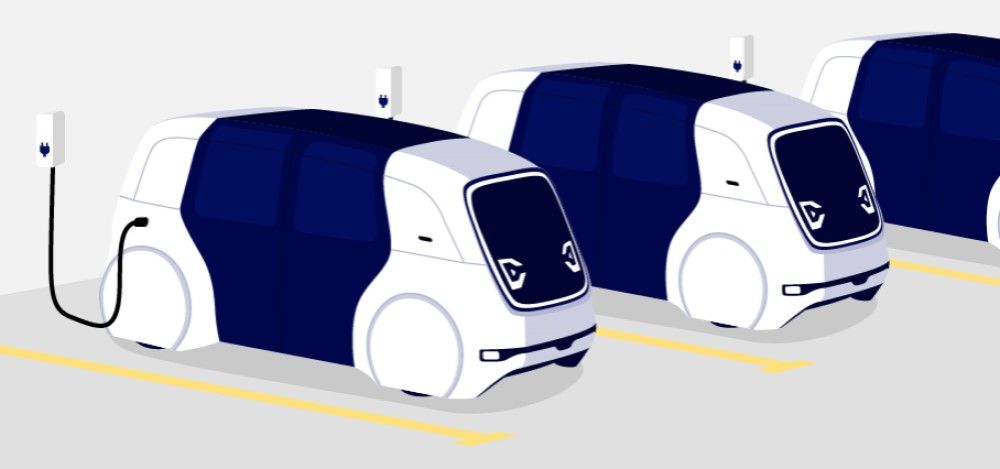
Will All Autonomous Vehicles Be Electric?
The most significant factor is the widespread expectation that autonomous vehicles will almost universally be electric vehicles as well. And while the power to charge and propel those electric vehicles will have to come from somewhere, the overwhelming consensus is that electric powertrains are already a more efficient and environmentally friendly mode of propulsion than internal-combustion engines. And they'll only grow more efficient as the technology improves and clean energy becomes more prevalent over time.
We strongly believe in the combined promise of autonomous electric vehicles. But there are yet more reasons to anticipate that self-driving vehicles will lessen the environmental impact of the automobile – regardless of what form of energy propels them.
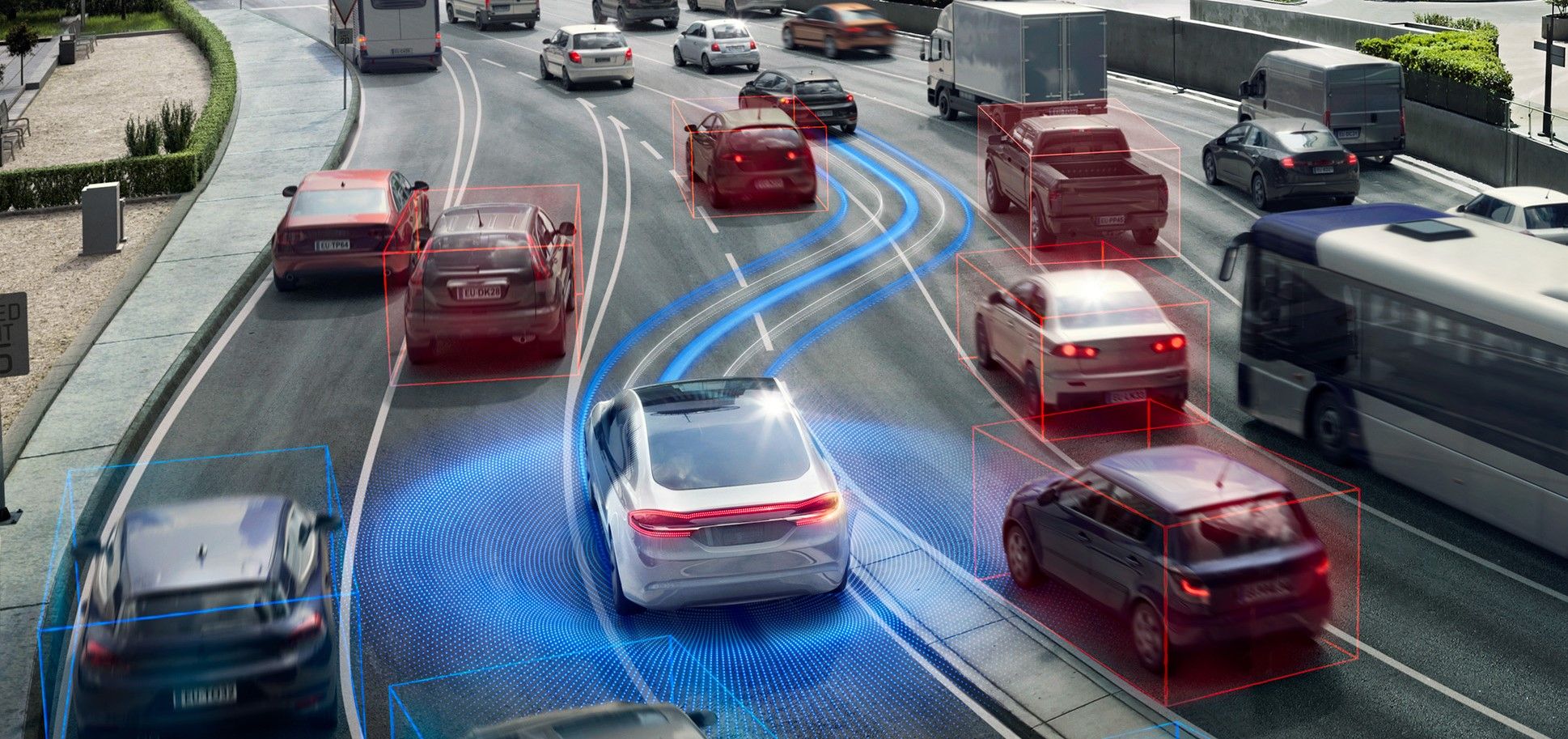
Autonomous Efficiency
For starters, autonomous vehicles will be programmed to take the most optimal route – contrary to conventional vehicles that go wherever their human drivers steer them. AVs will also, by design, avoid the erratic, often-unnecessary acceleration and braking to which human drivers often subject their vehicles. And the higher the proportion of AVs on the road, the smoother the overall flow of traffic ought to be, resulting in less energy-consuming stop-and-go traffic and less time spent idling in traffic jams.
Autonomous vehicles (heavy-duty trucks especially) might also be able to “platoon” in slipstreamed packs, whose combined aerodynamics will require less energy to travel along highways. AVs communicating (with one another and with infrastructure) could even eventually eliminate the need for traffic lights and stop signs, which cause vehicles to waste considerable energy decelerating to (and re-accelerating from) a complete stop.
The increased safety of autonomous vehicles, by itself, also stands to reap environmental benefits. Fewer accidents would mean fewer traffic jams (and less need for towing). And the lowered risk of collisions (and decreased severity of those which do occur) could obviate the need for much of the heavy safety equipment and structural bulk built into today’s passenger vehicles, resulting in lighter, more energy-efficient vehicles.
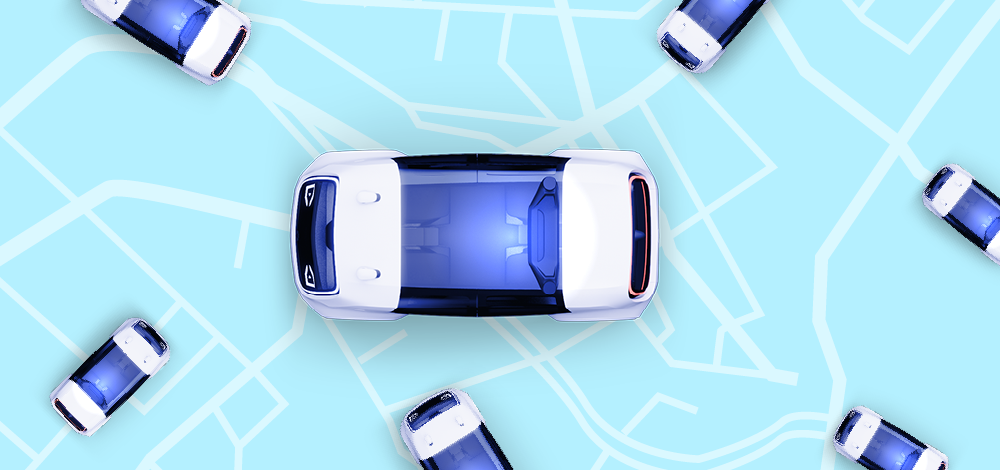
Sharing Means Caring
The biggest factor in reducing the automobile’s environmental impact through automation, however, may lie in their increased potential for shared usage. Fewer vehicles serving more people would decrease the need for production, distribution, and maintenance of private passenger vehicles. On-demand AVs would also mean less driving time spent looking for parking. And (in internal-combustion vehicles) they would result in fewer energy-intensive “cold starts” as well, as shared vehicles would remain longer at optimal operating temperatures as they ferried passengers around.
Robotaxis dispatched specifically to where they’re needed, based on intelligent demand prediction, would mean fewer human-driven taxis and ride-hailing vehicles driving around looking for fares or idling at taxi stands, and fewer buses driving along set routes and schedules (regardless of the number of passengers on board). And with rides booked in advance, self-driving mobility services would be able to dispatch vehicles right-sized for the purpose. So we could expect to see fewer seven-passenger SUVs, for example, clogging up roadways with only one or two occupants on board.
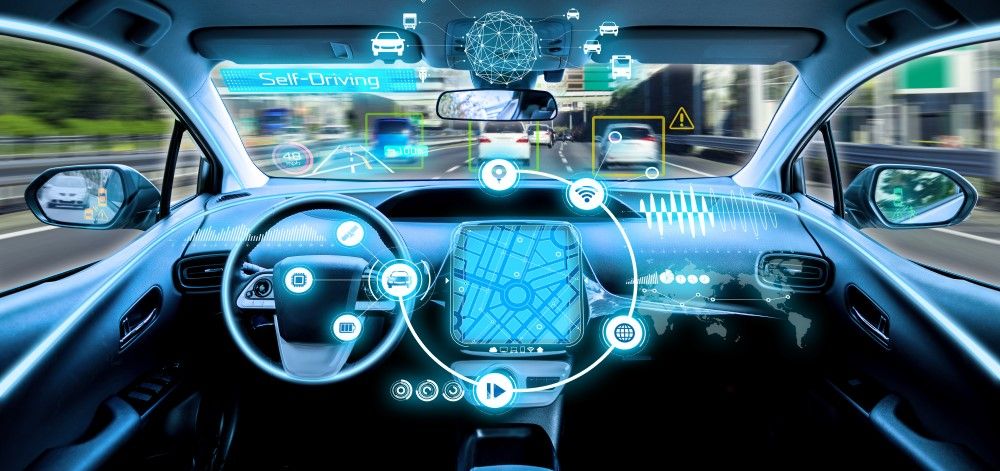
Time Will Tell
There are, of course, many questions that will be answered only as adoption of autonomous vehicles grows over time. At the outset, at least, AVs could result in more miles being driven overall. AVs promise, after all, to be more convenient, and potentially lower the opportunity cost of travel, encourage longer commuting ranges. AVs could also broaden independent vehicle usage beyond licensed drivers (such as children, the elderly, and the disabled), and result in “deadheading” (empty vehicles driving to pick up passengers).
However, we’d argue that, on the balance of probabilities, these potentially detrimental factors will surely fall well short of outweighing the potential benefits, and are themselves likely only to lessen as the use of autonomous vehicles becomes more widespread.
So, this Earth Day, we hope you’ll join us in looking forward to the autonomous future that will not only be safer and more convenient, but stands to be better for the environment as well.
Share article
Press Contacts
Contact our PR team



